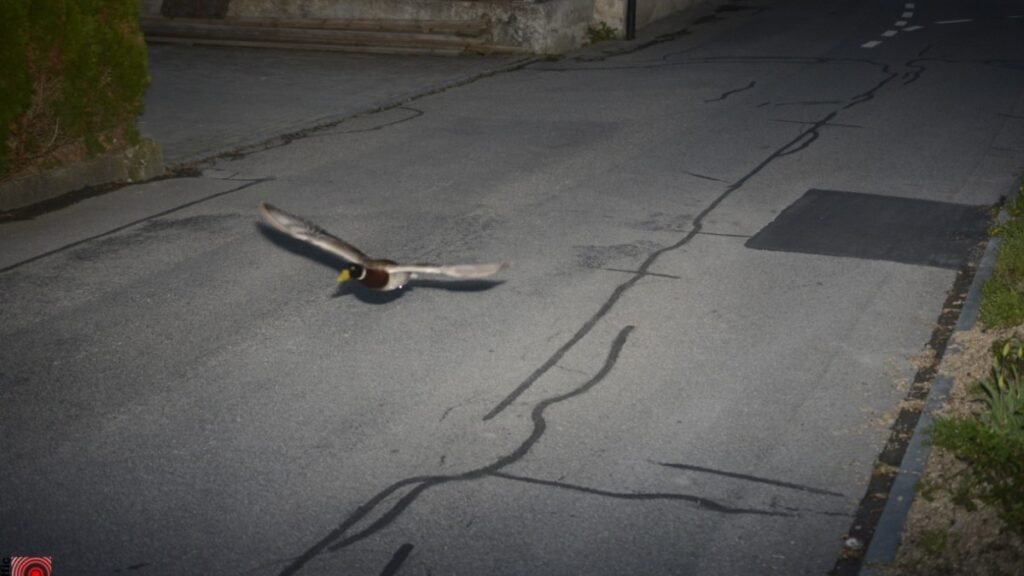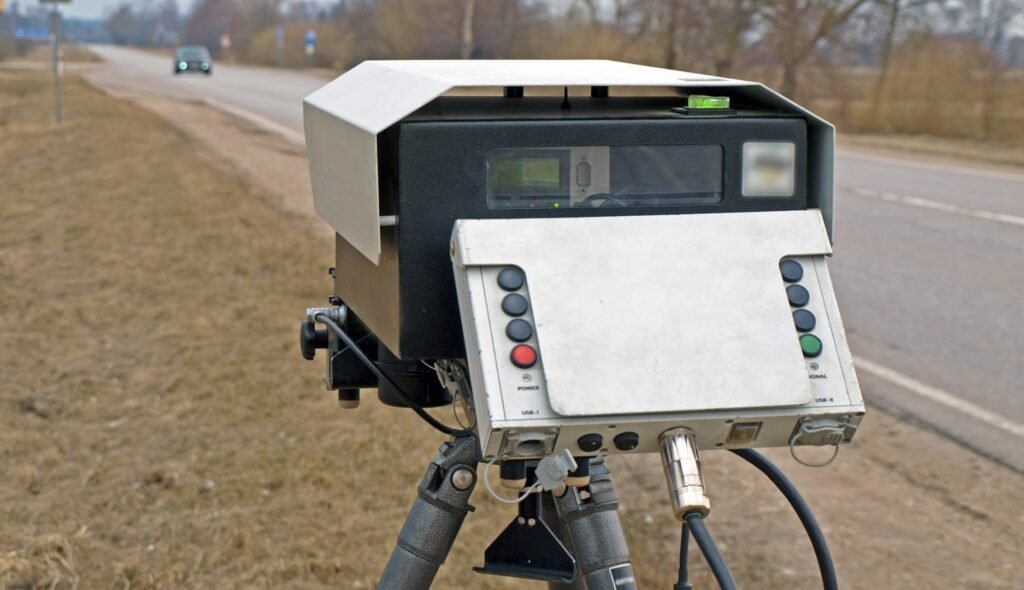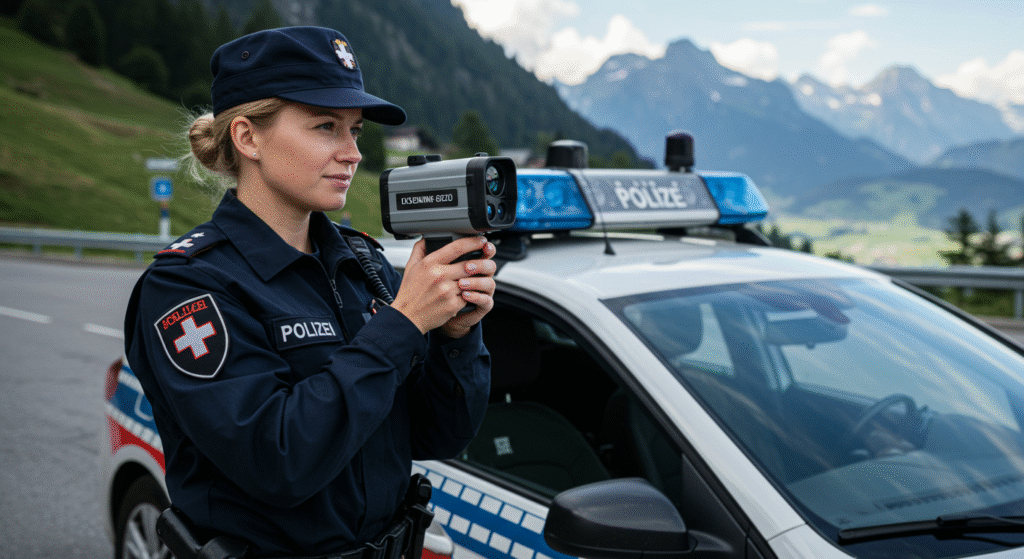A speeding lawyer could defend such an unlikely speeder. On 13 April 2025, a speeding duck in Switzerland made headlines when a roadside radar on Wangentalstrasse in the municipality of Köniz, near Bern, flashed at 52 km/h in a 30-km/h zone, only to reveal a low-flying mallard as the unexpected offender. This unusual incident not only caught the attention of local citizens but also raised questions about wildlife behavior and the safety of roadways in residential areas a bizarre case.
In a curious twist, officials checked the archives and found a nearly identical radar photo taken on 13 April 2018, capturing a mallard at the exact same speed and location, which led to speculation among birdwatchers and locals alike about whether this particular duck had developed a reputation as a repeat offender.
The story quickly went viral and was covered by major outlets like The Guardian, igniting a wave of jokes and memes across social media, and sparking global fascination with the antics of this unusual avian character, prompting discussions about the intersection of wildlife and urban infrastructure.

How Fast and Why Can a Duck Fly?
Wildlife biologists will tell you that wild mallards regularly fly at between 70 and 90 km/h in level flight, so 52 km/h in the vicinity of that road is not out of the question, especially if they were being pushed along by the wind at the tail end of the slope of the road. The stretch lies along the Gürbe River, a feeding and nesting corridor, a path you might expect a startled bird to duck up and over the asphalt.
Offering abundant food sources such as water plants and small insects as well as a safe shelter to a variety of bird species, the rare passageway has enabled these birds to build bridges with the river dyke. Resting on rip rap from riverside construction is a colorful ecosystem and this plays a key role in drawing not only mallards, but also numerous other migratory birds looking for a place to hold up along the way. These habitats are extremely important for the general well-being of the wildlife in the area. The Kapapa area is a “high-impact ecological area.”
So good flying conditions and nutritious surroundings might cause a mallard to zip through the region quite quickly, showing that it is a lot stronger than any were given it credit for!

Speeding Duck Caught Again on Same Radar in Switzerland – Same Mallard 7 Years Later
Mallards, the most common wild duck in Europe, normally live in the wild from five to ten years. In this biological sense of time, it is actually conceivable, although not certain, that the radar-sided mallard from 2025 was quite literally the same bird that triggered the camera back in 2018! Or it might be a descendant of a past offender, potentially flying the same to-and-fro migratory path passed down through generations, led by instinct and homey joie de vivre. The duck hasn’t been banded for identification, and no DNA testing has been done, so officials realize the mystery of the sky-scorcher likely will have to remain unsolved.
When not being mind-boggled by the unprecedented coronavirus global shutdown that has so far been the biggest and most extensive change to everyday life, human beings have spent the weeks and months of crisis debating how animals will react and how animals will continue to react. Responding if this continues, maybe more Americans will be fed irony, and more hung-birds – if those ducks in Nashville are finally forced to leave. Both radar images do, however, both clearly show a male mallard with the familiar iridescent green head that is a hallmark of the species, a sign that this may be either a freaky coincidence, or a freakishly punctual bird.
Viral Reaction Around the Globe
The curious case of the speeding duck in Switzerland has captured international attention not just for its humor, but for the remarkable coincidence it represents. Whether the bird photographed in 2025 is the same mallard that triggered the radar in 2018 or a completely different duck following the same flight path, the mystery remains unsolved. Yet the story highlights how modern surveillance technology, designed to monitor human behavior on the roads, can occasionally intersect with the unpredictable patterns of wildlife. In fact, many online comments joked that if this had been a person instead of a duck, the first call would surely have been to a criminal speeding lawyer.
The weird case of the speeding duck in Switzerland has grabbed global attention not just because of its humor but the almost unimaginable nature of the coincidence. It remains a mystery: whether that 2025 mallard is the one that set off the radar, or indeed a different duck taking the same route but in a different year. But the story shows how modern surveillance technology is intended to track people on the roads, which can sometimes collide with the unpredictable habits of wild animals. Indeed, numerous online comments quipped that if a person, still alive, were involved in this instead of a duck, “the first call would be a criminal speeding lawyer.”

Ticketless for the Feathered Felon
According to Swiss traffic law, sanctions for speeding offenses may exclusively be imposed on registered vehicle owners, not drivers, i.e., car, motorcycle, or truck drivers. So, the mallard duck clocked at 52 km/h flying in a 30 km/h zone in Switzerland won’t be earning any rebukes there: although Switzerland is known for the strictest enforcement and lowest tolerance of any country for road safety, there will be no legal fallout for the bird. But you can’t give a ticket to a bird, no matter how closely I suspect it was to setting off that radar gun.
And it added this fun bit of levity that the radar, despite being set off, didn’t recognize the human inside the costume, in this tongue-in-cheek riff about whether or not a criminal speeding lawyer, in theory, could ever be expected to defend a bird. But the radar gun which photographed the now infamous Speeding Duck in Switzerland is no ordinary speed camera. It is an exact, tamper-proof mass that undergoes strict annual certification by the Swiss Federal Institute of Metrology to guarantee its continued precision and reliability in keeping with national standards.
The image it caught of the duck, which was flying at 52 km/h, will be enshrined in the town’s official records, as an official moment captured at the intersection of technology and wildlife. Officials in the municipality of Köniz have gone so far as to suggest it be exhibited in the local council hall; not just as levity but also as a symbolic reminder of how even systems intended to protect life can capably document chance encounters with nature such as the Speeding Duck in Switzerland.
A Flash of Wild Wonder
The story of the speeding duck is emblematic of how automotive technology seizes wildlife serendipity in an instant. It wasn’t immediately clear whether the bird had been the same one that the radar had picked up, or simply a lucky bystander. Either way, this is another example that even the most mundane of streets can contain the extraordinary. It prompts entertaining daydreams about turning to a criminal speeding attorney for one of nature’s oddest lawbreakers. It’s moments like these that remind us of the wild and wacky that pop up amid our typical; opportunities to enjoy the random encounters life thrusts upon us even when they do show up in the most ordinary places.

Go beyond the screen and unlock the untold stories of animation! Learn about ingenious production secrets, cultural influences on character design, and delightful hidden Easter eggs in your favorite cartoons. Dive deeper at Your Childhood Cartoons: What You Really Didn’t See.














